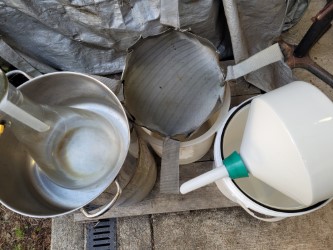There are also some SMB units out there tweeked for very specific cannabinoid separations that can run in continuous mode. The problem is they run continuous and they are very hungry beasts.
Does the Gilson have a sequential or semi-continuous mode? How do you run that unit?

If you want 90% pure thca, use three buckets, a Buchner and some water…decarb and you are there….d9 bingo.